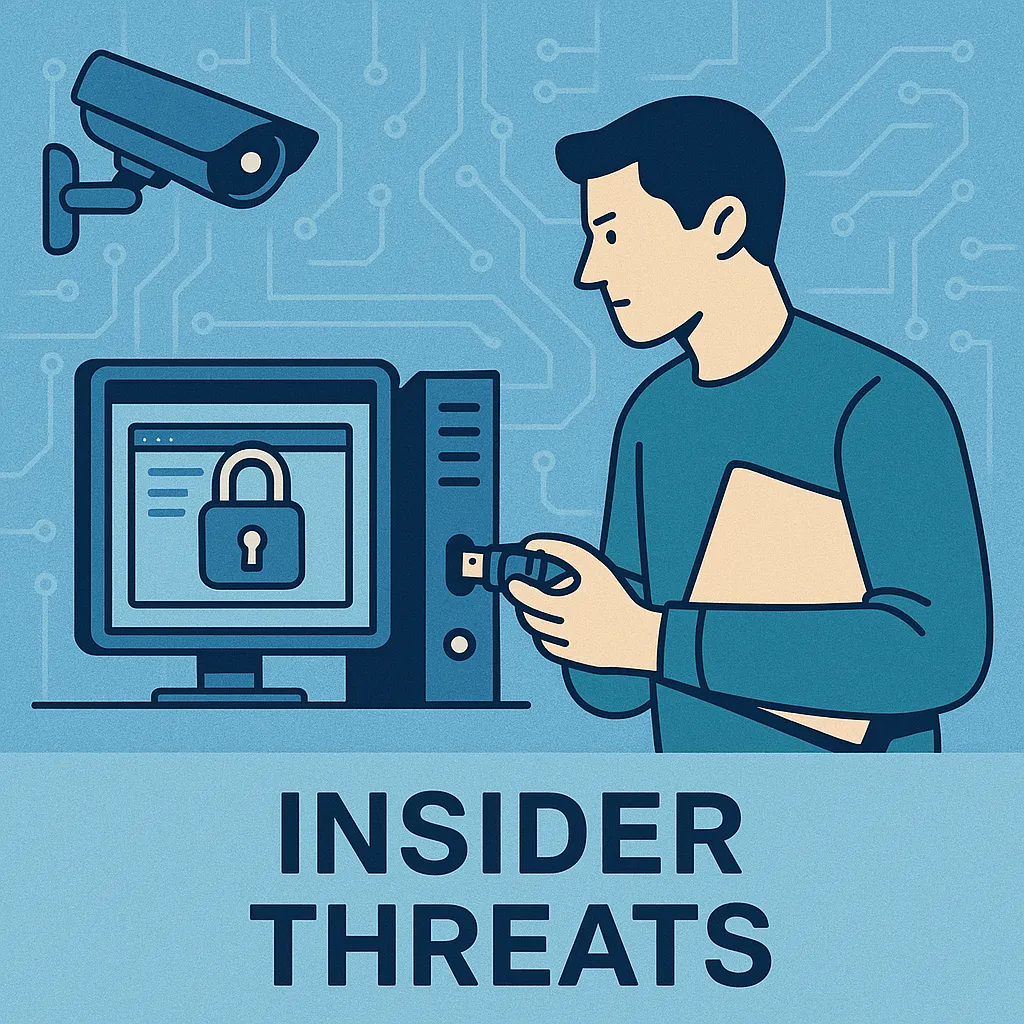Understanding Insider Threats: A Hidden Cybersecurity Challenge
In 2023, over 34% of data breaches involved internal actors, highlighting a critical yet often overlooked security risk: insider threats (source). This article delves into the nature of insider threats, exploring their origins, impacts, and strategies for mitigation to enhance organizational security.
What are Insider Threats?
An insider threat is any threat to an organization arising from individuals within that organization, such as employees, contractors, or business associates, who have inside information concerning the organization's security practices, data, and computer systems. The threat can manifest in sabotage, theft of sensitive information or even espionage (CISA, Wikipedia).
Types of Insider Threats
Insider threats can be categorized primarily into three types:
- Malignant Insiders: Those who intentionally harm the organization out of malice, discontent, or for personal gain.
- Negligent Insiders: Employees who unintentionally cause harm due to carelessness or lack of knowledge.
- Infiltrators: External individuals who obtain legitimate credentials and access without the organization's knowledge.
The distinction between negligent and malignant insiders is crucial, as each requires different approaches in management and prevention strategies.
Real-World Examples of Insider Threats
In a notorious case from 2017, a disgruntled employee at a major tech company deliberately leaked confidential data to competitors, resulting in significant financial and reputational damage to the firm. Such incidents underscore the dual nature of insider threats: they are not only digital but can also manifest physically through stolen data or sabotaged operations.
Understanding the Motivations Behind Insider Attacks
Understanding why insiders turn malicious is key to preventing these incidents. Factors can include dissatisfaction at work, financial problems, or ideological disagreements with the company's policies. Negligent threats, meanwhile, could stem from poor training or a lack of security protocols which makes it easier for mistakes to happen that lead to data breaches.
Strategies for Mitigating Insider Threats
To effectively counter insider threats, organizations need a holistic approach that includes:
- Robust Screening and Continuous Monitoring: Implementing rigorous background checks and continuous surveillance of sensitive positions.
- Access Control and Segmentation: Limiting employee access to essential data and systems strictly according to role requirements.
- Culture and Awareness Training: Fostering a security-conscious culture through regular training and engagement initiatives about potential insider threats (Toolkits).
Actionable Takeaways
Reducing the risk of insider threats begins with recognizing their potential and implementing multilayered security measures adapted to the specific needs and structure of the organization. By educating employees and maintaining rigorous control over data access, companies can mitigate risks and secure their critical assets more effectively. Every employee should be seen both as a potential risk and as the first line of defense against threats.

